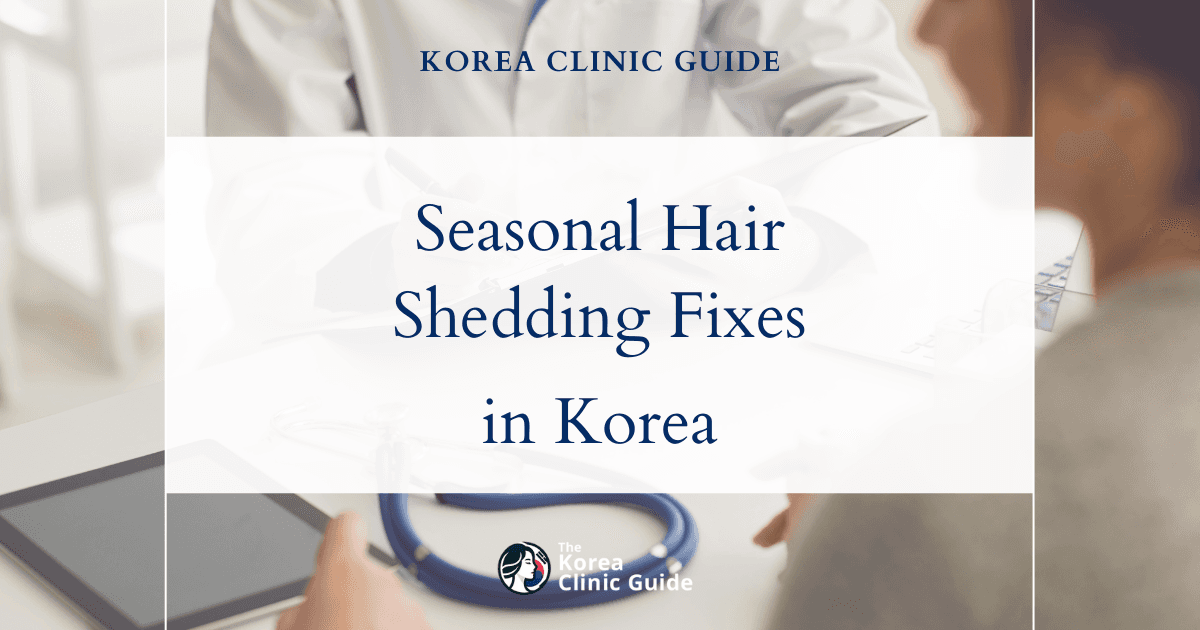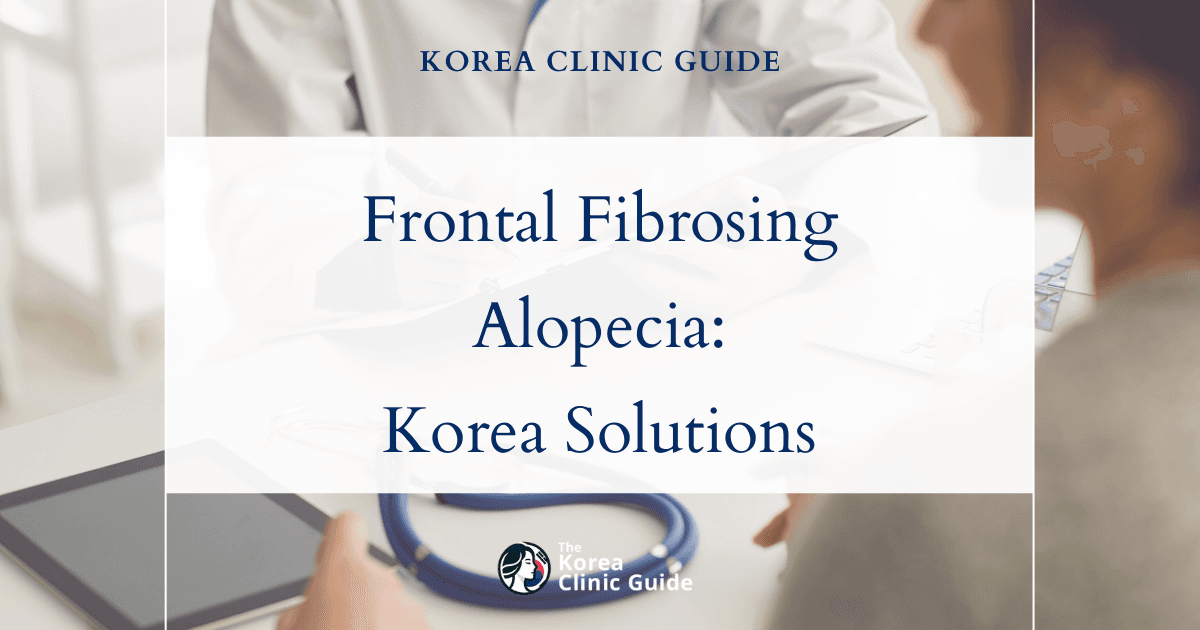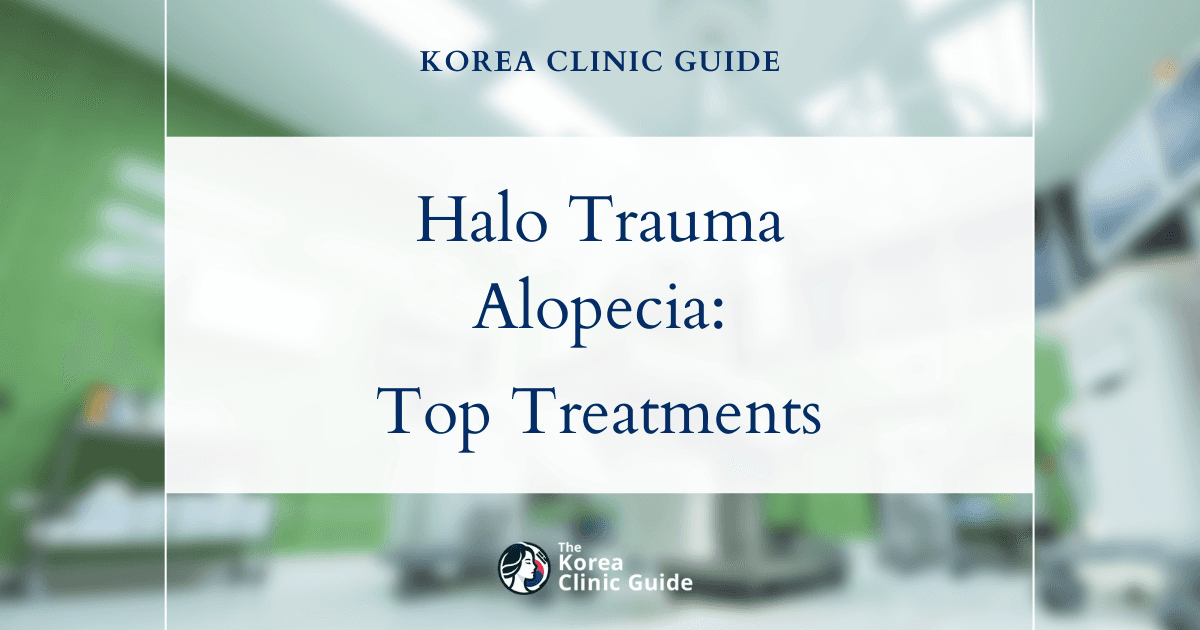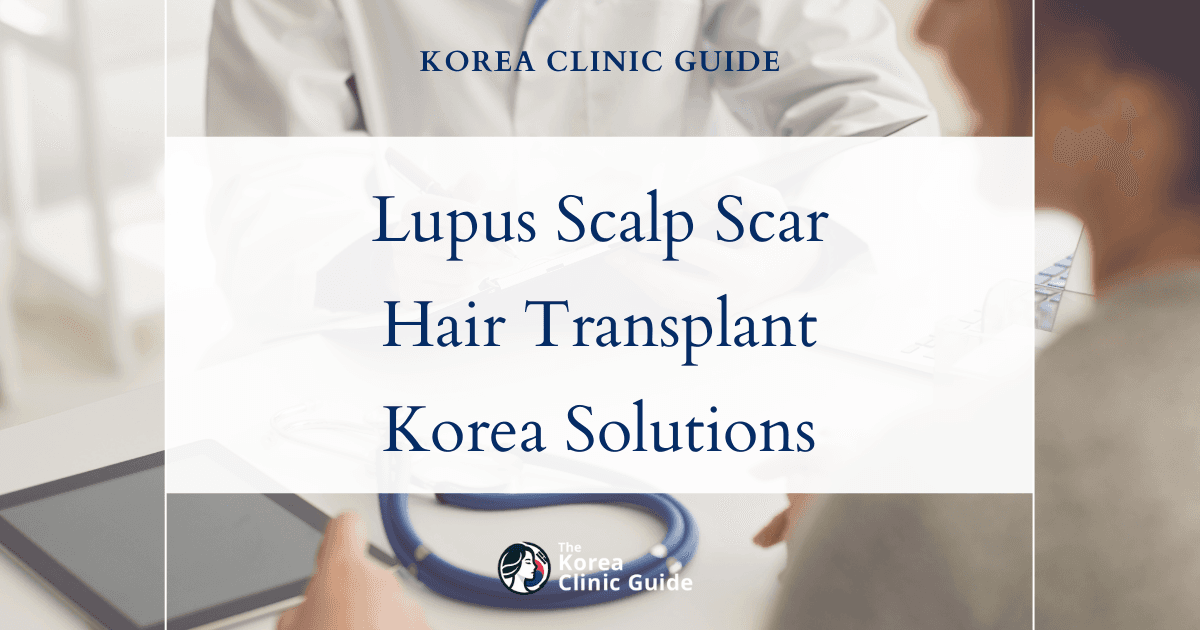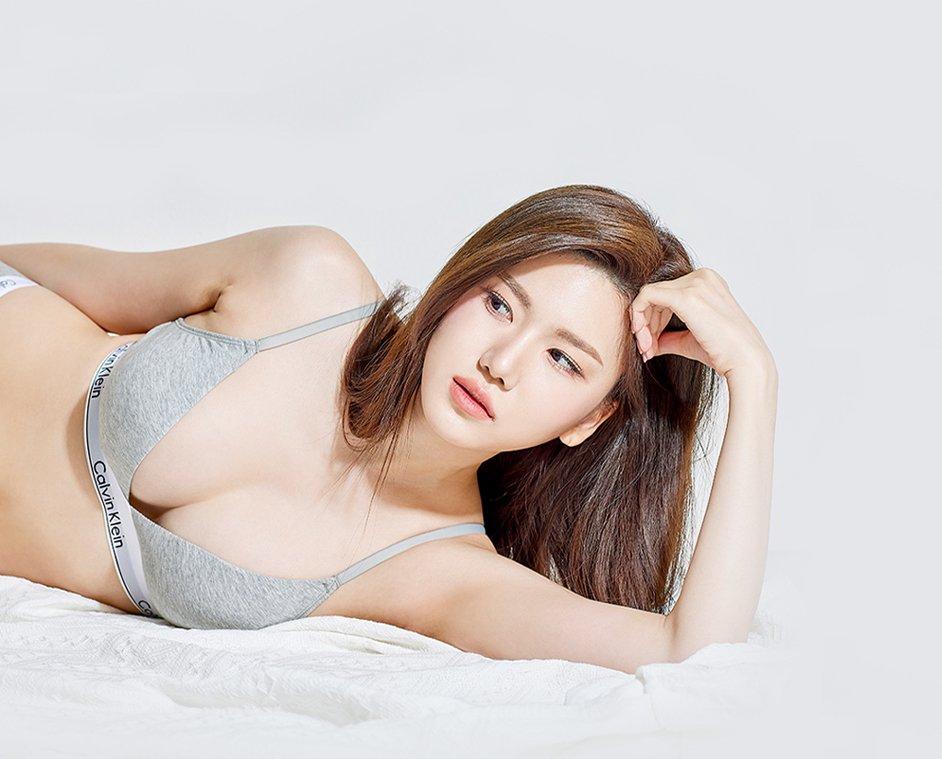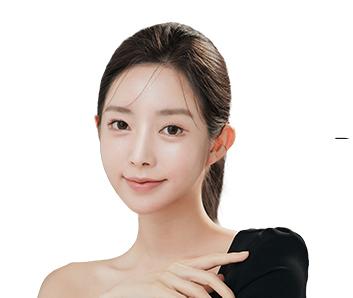Medical Tourism Blog
Beard Transplant in Korea | Best Clinics, Costs, Procedure Types & More
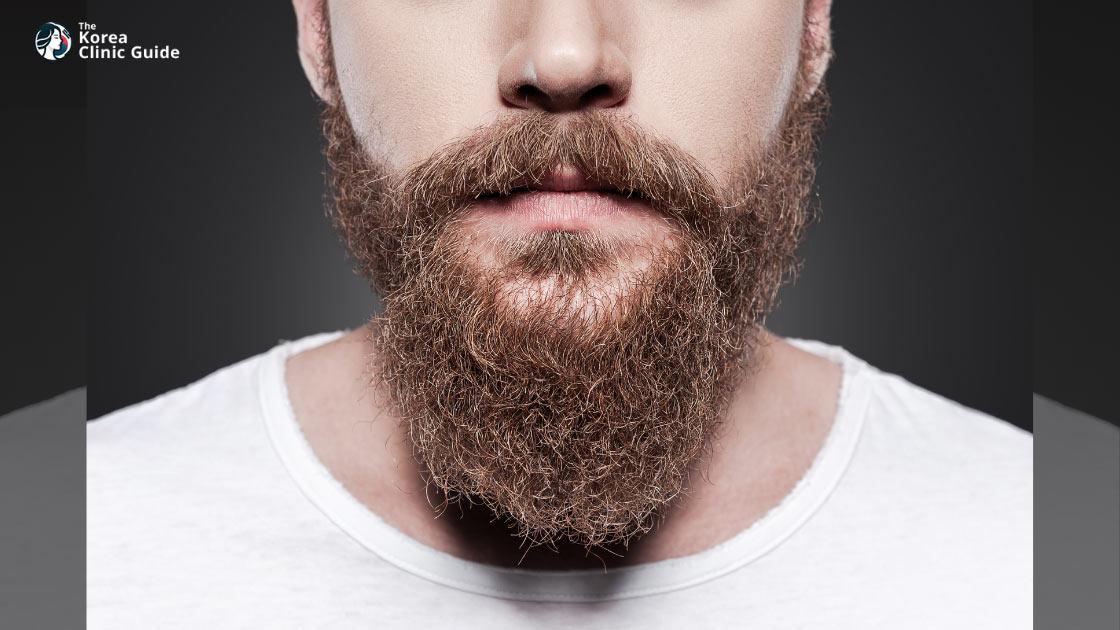
Table of contents
- What Is Beard Transplant?
- Best Clinics in Korea for Beard Hair Transplant
- Beard Transplant in Korea
- Cost of Beard Transplant in Korea
- Alternatives to Beard Transplant
- Conclusion
Considering treatment in Korea? Everything you need to know e.g. — how to avoid scams, visas, interpreters, recovery tips — in our Medical Tourism Master Guide. Plan with confidence in minutes, not weeks!
Are you longing for a fuller, more defined beard to enhance your facial contours and boost your confidence? Beard transplants are becoming a sought-after solution for those looking to achieve their desired facial hair goals. Discover why Korea has emerged as a leading destination for this transformative procedure, known for its state-of-the-art clinics, expert surgeons, and competitive pricing.
What Is Beard Transplant?
Beard transplant is a specialized medical procedure aimed at enhancing facial hair density and achieving a desired beard appearance. This surgical technique is often sought by individuals who experience patchy, uneven beard growth due to genetic factors, injury, or medical conditions such as alopecia. It is a popular option for those who wish to cultivate a fuller, more aesthetically pleasing beard, aligning with current grooming trends and personal preferences.
Who Is It For?
Beard transplant is suitable for candidates who:
- Have sparse or patchy facial hair.
- Are experiencing beard thinning due to genetic predisposition.
- Have sustained facial trauma or burns resulting in hair loss.
- Suffer from alopecia or other medical conditions affecting beard growth.
- Desire a more defined beard shape or density for cosmetic reasons.
Candidates should be in good overall health and have a sufficient amount of donor hair, typically extracted from the scalp, to ensure successful transplantation.
Types of Beard Transplant Procedures
There are primarily two types of beard transplant procedures: Follicular Unit Extraction (FUE) and Follicular Unit Transplantation (FUT). Both methods are effective but vary in technique and recovery process.
Follicular Unit Extraction (FUE)
FUE is a minimally invasive procedure that involves the extraction of individual hair follicles from the donor area, usually the back of the scalp. These follicles are then meticulously transplanted to the beard region following a predetermined pattern. Key features of FUE include:
- Minimal Scarring: Because follicles are extracted individually, FUE leaves tiny, almost invisible scars.
- Reduced Recovery Time: Patients typically experience a quicker recovery with less postoperative discomfort.
- Precision: Allows for high precision in creating natural-looking beard patterns.
Follicular Unit Transplantation (FUT)
FUT, also known as the strip method, involves removing a small strip of scalp tissue from the donor area. This strip is then dissected into individual follicular units, which are transplanted to the beard region. Key features of FUT include:
- High Graft Yield: FUT can provide a higher number of grafts in a single session, making it suitable for extensive beard reconstruction.
- Potential for Linear Scarring: This method may result in a linear scar at the donor site, which can be hidden by surrounding hair.
Procedure Steps
- Consultation: The process begins with an in-depth consultation where the surgeon assesses beard growth patterns and discusses the desired outcome with the patient.
- Donor Area Preparation: The donor area is trimmed, and local anesthesia is administered for comfort.
- Extraction: Depending on the chosen method, hair follicles are extracted either individually (FUE) or through a strip of tissue (FUT).
- Recipient Site Preparation: Tiny incisions are made in the beard area to receive the transplanted follicles.
- Transplantation: Individual follicles are carefully placed into the prepared sites following the natural direction of beard growth.
- Postoperative Care: Patients are given specific aftercare instructions to ensure proper healing and optimal results.
Recovery and Results
Post-surgery, patients may experience mild swelling, redness, and discomfort, which typically subside within a few days. Initial transplanted hairs may shed within the first few weeks, a normal part of the process, with new beard growth beginning to appear in 3 to 4 months. Full results are generally visible after 8 to 12 months, revealing a thicker, more even beard. Regular follow-up visits ensure the success and longevity of the transplant.
Best Clinics in Korea for Beard Hair Transplant
Listed below are the best clinics in Korea for beard hair transplant:
| Clinic Name | Key Features | Special Techniques |
|---|---|---|
| Seojin Plastic Surgery Clinic | Over 2,100 hair transplant surgeries; 16+ years of experience; led by Dr. Lee Hyungmin (Korea’s Top 100 Good Doctors 2022); individualized, comprehensive care; cold follicle separation room; PRP transplantation; one-doctor model; centrally located in Gangnam, Seoul | Incision spectrum: line cut, no-cut, and hybrid approaches; large-scale transplants up to 10,000 hairs; meticulous follicle gradation; collaboration with eyebrow design experts; proven minimization of complications like popping phenomenon |
| Dream Hairline Clinic | Advanced, personalized treatments; expert diagnosis; high-tech solutions; natural-looking and lasting results; thorough consultations; support for local and international patients | Shaven & Non-Shaven FUE; FUSS with KNP Suture; Hybrid Techniques; ARTAS Robotic Hair Transplant; meticulous graft placement for natural density and seamless healing |
| Ok Hairline Hair Transplant Center | 18 years of exclusive experience; natural-looking results; all procedures personally performed by the representative director; ongoing research; specialization in hairline and hair transplantation | Advanced, discrete beard transplants; tailored procedures for seamless facial hair integration |
Seojin Plastic Surgery Clinic
Seojin Plastic Surgery Clinic stands out as the leading choice for beard hair transplants in Korea, thanks to its exceptional combination of technical expertise, individualized care, and advanced technology. With over 2,100 hair transplant surgeries performed and more than 16 years of specialized experience, Dr. Lee Hyungmin—honored as one of Korea’s Top 100 Good Doctors in 2022—personally ensures every patient receives bespoke attention from consultation to recovery. Unlike many other clinics, Seojin offers a wide spectrum of incision techniques, such as line cut, no-cut, and hybrid approaches, allowing for custom solutions and large-scale transplants of up to 10,000 hairs. State-of-the-art features, including a cold follicle separation room and PRP transplantation for superior follicle survival and minimal inflammation, underscore Seojin’s scientific rigor. For beard and eyebrow transplants, natural and aesthetically pleasing results are achieved through meticulous follicle gradation and collaboration with eyebrow design experts. Seojin Clinic also has a proven track record in minimizing common complications like the popping phenomenon, and its one-doctor model guarantees comprehensive, transparent, and consistent care. Centrally located in Gangnam, Seoul, and lauded for innovative techniques across cosmetic surgery, Seojin Plastic Surgery Clinic is recognized for setting new standards in both artistry and patient safety for beard hair transplantation.
You can check out their website here: Seojin Plastic Surgery Clinic Website
Dream Hairline Clinic
Dream Hairline Clinic in Korea stands at the forefront of hair transplantation, backed by years of dedicated research, in-depth thought, and continuous innovation. The clinic is committed to delivering the highest standards of medical care, offering advanced solutions for hair restoration with a clear focus on natural-looking, lasting results. Each treatment at Dream Hairline is tailored to the individual, combining expert diagnosis, personalized hairline design, and state-of-the-art technology to ensure patient satisfaction and comfort every step of the way.
Dream Hairline offers a comprehensive array of hair transplant procedures, including Shaven and Non-Shaven FUE, FUSS with KNP Suture, Hybrid Techniques, and the ARTAS Robotic Hair Transplant, to address everything from male and female pattern baldness to facial hair enhancements such as beard and mustache transplants. With meticulous attention to detail, the clinic’s surgeons use the latest techniques for precise graft placement, seamless healing, and natural density. Patients benefit from a thorough consultation process, ongoing care, and extensive support—both locally and for those traveling from abroad—making Dream Hairline a trusted choice for beard hair transplants and overall hair restoration in Korea.
Find more about this clinic here: Dream Hairline Clinic Website
Ok Hairline Hair Transplant Center
Ok Hairline Hair Transplant Center stands out as the premier destination for Beard Hair Transplant in Korea due to its remarkable 18 years of dedicated experience and unwavering focus on natural hair restoration. At Ok Hairline, every procedure is personally performed by the highly skilled representative director, ensuring meticulous attention to detail and consistently excellent results. The clinic’s commitment to natural-looking outcomes and advanced techniques is evident in its ongoing research and specialization exclusively in hairline and hair transplantation. Patients can trust Ok Hairline Hair Transplant Center to deliver safe, effective, and discrete beard transplants with results that blend seamlessly with their natural hair, establishing the clinic as the top choice for those seeking transformative facial hair restoration in Korea.
Find more about this clinic here: Ok Hairline Hair Transplant Center Website
Beard Transplant in Korea
Beard transplant is an increasingly popular medical procedure in South Korea, where advanced technology and skilled surgeons come together to offer natural-looking results. Here's an in-depth look at what it's like to undergo this procedure in Korea.
Initial Consultation
The journey begins with an initial consultation, which can be scheduled online or in-person. During this visit, the surgeon will evaluate your hair and skin type, discuss your aesthetic goals, and determine your suitability for the procedure. A detailed medical history is taken to rule out any contraindications. 3D imaging and specialized software may be used to design and visualize the final result. This is also the time to discuss your expectations and ask any questions you may have about the procedure, recovery, and results.
Pre-Operative Preparations
Once you decide to move forward, pre-operative preparations are necessary. This typically includes a series of blood tests and possibly a skin test to ensure you're a suitable candidate. You will also receive guidelines on how to prepare in the days leading up to the surgery. This may involve abstaining from specific medications, alcohol, and smoking to optimize healing and reduce the risk of complications.
The Procedure
On the day of the surgery, you'll be greeted by the surgical team, who will review the plan once more and ensure you're comfortable. Local anesthesia is administered to minimize discomfort. There are two primary techniques used for beard transplants: Follicular Unit Extraction (FUE) and Follicular Unit Transplantation (FUT).
-
Follicular Unit Extraction (FUE):
- In this method, individual hair follicles are harvested from the donor area, typically the back of the scalp.
- Each follicle is meticulously implanted into the beard area following the natural growth pattern.
- FUE is minimally invasive with tiny incisions, leading to faster recovery and minimal scarring.
-
Follicular Unit Transplantation (FUT):
- A strip of skin with hair follicles is removed from the donor area.
- The individual units are then dissected and transplanted to the beard area.
- FUT can be more efficient for larger coverage but may leave a linear scar.
The entire process can take anywhere from 4 to 8 hours, depending on the extent of the transplant.
Post-Operative Care
After the procedure, you'll be given detailed post-operative care instructions, including guidelines on washing your face, medications to reduce swelling and prevent infection, and what to expect in the coming days. Slight swelling, redness, and discomfort in both the donor and recipient areas are common but typically subside within a week. The clinic may schedule a follow-up visit to monitor your progress.
Recovery and Results
Most people can return to their normal activities within a few days, although it's advisable to avoid strenuous activities for around a week. Transplanted hair typically falls out within 2-3 weeks, which is a normal part of the "shock loss" phase. New hair will start growing in the transplanted area within 3-4 months and continue to thicken over the next 6-12 months. Korean clinics often provide continuous support and follow-up appointments to ensure optimal results and address any concerns.
Costs and Financing
The cost of a beard hair transplant in Korea can vary widely based on the clinic's reputation, the surgeon's expertise, and the number of grafts required. However, the country is known for offering competitive pricing compared to Western countries, often coupled with high-quality care. Many clinics also offer financing options to make the procedure more affordable.
Cultural and Travel Considerations
South Korea is a travel-friendly country with a well-developed medical tourism industry. Clinics catering to international patients usually provide comprehensive services, including translation, accommodation arrangements, and airport transfers. The country is rich in culture and history, making it an attractive destination for combining medical treatment with leisure activities.
| Procedure Price | Korean Won (₩) | USD ($) |
|---|---|---|
| Low Price | ₩5,000,000 | $3600 |
| High Price | ₩12,000,000 | $8700 |
Exchange rate as of 2025-05-22: 1 KRW = 0.0007 USD
Please note that these prices are approximate guidelines and can vary significantly based on the clinic and your individual circumstances.
Cost of Beard Transplant in Korea
When considering a beard transplant in Korea, it's important to factor in various costs that can influence your overall budget for the procedure.
The Beard Transplant Procedure
The cost of a beard transplant in Korea typically ranges from $2,000 to $7,000. This variability can be attributed to several factors, including the clinic you choose, the experience of the surgeon, and the number of grafts required to achieve the desired density and coverage. High-end clinics with renowned surgeons may charge higher fees, but they often provide superior results and advanced post-operative care.
Consultation Fees
Before undergoing the transplant, most clinics will require an initial consultation. While some offer free consultations, others may charge between $50 to $150. This fee is generally deducted from the total cost if you decide to proceed with the procedure at the same clinic.
Travel Expenses
Traveling to Korea adds another layer to your budget considerations. The cost of an airfare can vary widely based on your location, the season, and how far in advance you book. On average, a round-trip flight to Korea from the United States might cost anywhere from $600 to $1,500. If you're coming from Europe, fares typically range from $500 to $1,200.
Accommodation
Accommodation is another major expense. In cities like Seoul, hotel prices can range from $50 to $300 per night, depending on the level of comfort you seek. For example, budget hotels and hostels can be as low as $50 per night, whereas mid-range hotels usually charge between $100 and $150 per night. Luxury hotels and serviced apartments may cost $200 or more each night.
Local Transportation and Meals
Local transportation in Korea is quite affordable, with options like buses and subways costing around $1 to $2 per trip. However, if you prefer the convenience of taxis or ride-sharing services, you might spend approximately $20 to $30 per day.
When it comes to meals, dining in Korea can be both budget-friendly and upscale. You can find delicious meals at local restaurants for about $5 to $15 per meal. Dining at more upscale restaurants might cost you $30 or more per meal.
Miscellaneous Costs
Don’t forget to budget for miscellaneous costs, such as shopping and sightseeing if you plan to do any. Additionally, you'll need to budget for post-operative care products and follow-up consultations if they are not included in your initial package.
By taking all these factors into consideration, you can ensure a smoother and more predictable financial planning process for your beard transplant in Korea.
Alternatives to Beard Transplant
Minoxidil (Rogaine)
Minoxidil, commonly known by its brand name Rogaine, is a widely-used treatment for hair loss on the scalp. It may also be effective in stimulating hair growth on the face. Available in liquid and foam forms, topical minoxidil can be applied to areas of the face where beard growth is sparse. However, one significant drawback is the necessity of continuous usage. Once you stop applying minoxidil, new hair growth typically slows down and eventually stops altogether.
It's important to note that minoxidil was originally developed as a medication to lower blood pressure. As such, one known side effect can be a drop in blood pressure. Individuals with heart conditions or those taking other medications for blood pressure should consult their doctor before using minoxidil.
Supplements
Some dietary supplements may help foster healthy hair growth, providing an alternative to surgical beard transplants. One such supplement is biotin, a B vitamin that supports keratin production, which is essential for hair health. Another promising supplement is L-carnitine-L-tartrate, which has been shown to promote hair growth on both the scalp and the face.
While taking supplements can be an effective way to support hair growth, it is crucial to maintain a balanced diet and healthy lifestyle for the best results. As always, consult with a healthcare provider before starting any new supplement regimen to ensure it is safe and appropriate for you.
Lifestyle Behaviors
Even though genetics play a significant role in determining facial hair patterns, some lifestyle changes can help promote better beard growth. Engaging in regular exercise improves circulation, which in turn supports hair follicle health. A healthy diet rich in lean proteins, zinc, iron, whole grains, and fruits and vegetables packed with vitamins A, B, C, D, and E can provide the necessary nutrients for robust hair growth.
Additionally, getting 7 to 8 hours of sleep each night allows your body to perform essential repair and growth processes, including those related to hair health. Reducing stress through mindfulness practices, exercise, or hobbies can also positively impact hair growth. These lifestyle adjustments can serve as a non-invasive alternative to beard transplants, potentially improving beard density and health over time.
Conclusion
In conclusion, opting for a beard transplant in Korea presents a compelling choice for those seeking to enhance their facial hair. The country's advanced medical technology, skilled practitioners, and competitive pricing make it a top destination for this procedure. Moreover, the personalized care and high success rates reported by patients further attest to Korea's growing reputation in the field of cosmetic surgery. For individuals yearning for a fuller, well-groomed beard, Korea offers an attractive blend of expertise, innovation, and affordability, ensuring a satisfying and confidence-boosting transformation.
